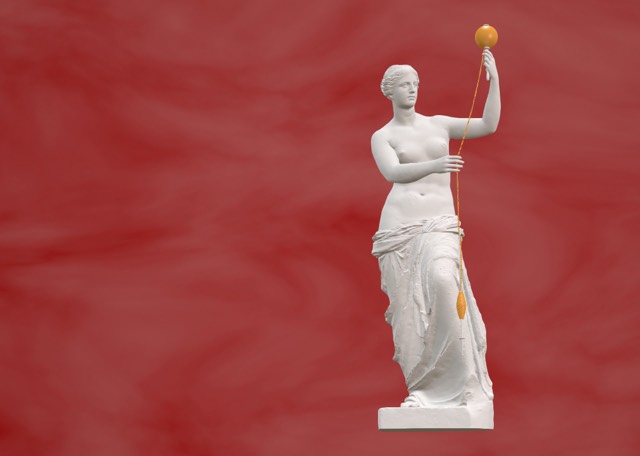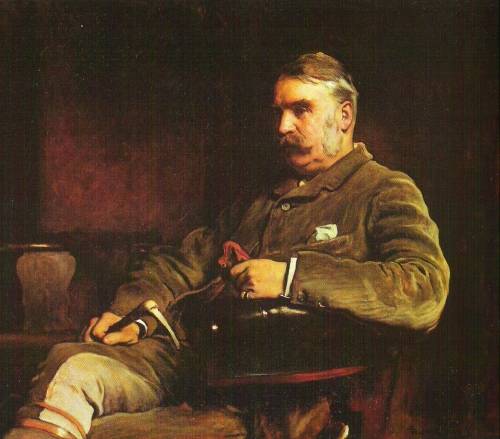Depression, obesity, stress, sleep deprivation and age affect negatively your brain. However, as I have previously argued, the commonly reported decline in intellectual productivity with age is not so simple as it was once thought.
Of course, we know that our brains incur some damage over time, so some decline of some of our abilities appears likely. However, it is probably not as simple as “we lose brain cells over time”. For example, perception problems, such as reduced hearing, can lead to the appearance of memory problems, or a lower IQ (Rabbitt, 1991). And we can compensate in many ways for a moderate decline: we can rely on cognitive jigs, we can improve our problem-solving strategies, we can use computers, and so on. The idea that our intelligence resides solely in our brain is more than a bit silly. In effect, if the hardware gets slightly slower, we can compensate with better software, and with new peripherals.
However, my belief is that a good share of the age-related cognitive decline is psychological, or caused by cognitive disuse. This sort of decline is not so easily compensated.
For example, we know that retirement significantly degrades your cognitive functions. That is, shortly (but not immediately) after retirement, you are no longer quite as sharp as you were:
Our results highlight a significant negative effect of retirement on cognitive functioning (…) all these results (…) suggest that retirement plays a significant role in explaining cognitive decline at older age. (Bonsanga et al., 2012)
Following retirement, your social network shrinks. You are less likely to engage in cognitively difficult tasks (e.g., no more driving during rush hour). Simply put, you no longer need to be as bright as you used to. And guess what happens? You lose some of your edge.
So maybe you should not worry that much about saving for your retirement?
Of course, it stands to reason that if retirement can have a large effect, so can other similar life style changes. When I was younger, I was constantly tested and pushed intellectually. I have now a much more confortable job: I could choose to let my brain rot a little more. In fact, I could even increase my professional status by doing more management and less of the highly challenging hands-on research and teaching work I enjoy.
As we grow older, we often do not need to learn quite as fast, we can rely more easily on established patterns… thus, we can let some of a cognitive abilities fall due to disuse. Doing Sudokus can maybe help a little, but I would not expect a strong overall effect.
But beyond disuse, there is also a placebo effect: if you are old and you believe that old people aren’t as sharp, you won’t be sharp. We know that this effect is real and strong. We can test it experimentally in a stereotype threat context. For example, if you invite young women to a mathematics test and you explain to them that you want to study why women do poorly in mathematics, they will do more poorly. It is that simple. It is not just women and mathematics… the same effect works for blacks and IQ tests… and, yes, it works on old people too.
In fact, the effect is so strong that removing the stereotype threat can be enough to eliminate age-related differences in specific experiments:
(…) these results demonstrate a direct link between stereotype activation and false-memory susceptibility, and they suggest that (…) age-related differences in false memories can be eliminated. (Thomas and Dubois, 2011)
If you run an experiment and you invite older people over, even the slightest hint that you are attempting to measure a decline in their cognitive functions could ensure that you will indeed measure a strong decline.
But the effect should be present outside a college laboratory as well. Old people convinced that they have rotten brains should not be expected to be sharp… “The aging process is, in part, a social construct.” (Levy, 2009). It is not just a vague theory, the effect that I describe has been put to the test repeatedly:
Those with more negative age stereotypes demonstrated significantly worse memory performance over 38 years than those with less negative age stereotypes, after adjusting for relevant covariates. (Levy et al., 2011)
Ramscar and Baayen stress that we are probably confounding many factors and unnecessarily stressing seniors about their cognitive functions:
What we do know is the changes in performance seen on tests (…) are not evidence of cognitive or physiological decline in ageing brains. Instead, they are evidence of continued learning and increased knowledge. This point is critical when it comes to older people’s beliefs about their cognitive abilities. People who believe their abilities can improve with work have been shown to learn far better than those who believe abilities are fixed. It is sobering to think of the damage that the pervasive myth of cognitive decline must be inflicting. (Ramscar and Baayen, 2014)
I think that this suggests that, to remain as smart as possible as long as possible… you should remain genuinely active professionally for as long as possible. Moving to more prestigious but less demanding jobs is maybe unwise… You probably also want to moderate your beliefs about age-related cognitive decline. Entertaining the idea that you are getting dumber might just be a self-fulfilling prophecy.
Further reading: Ramscar, M., Hendrix, P., Love, B., & Baayen, H. (2013). Learning is Not Decline: The mental lexicon as a window into cognition across the lifespan. The Mental Lexicon 8:3, 450-481
















